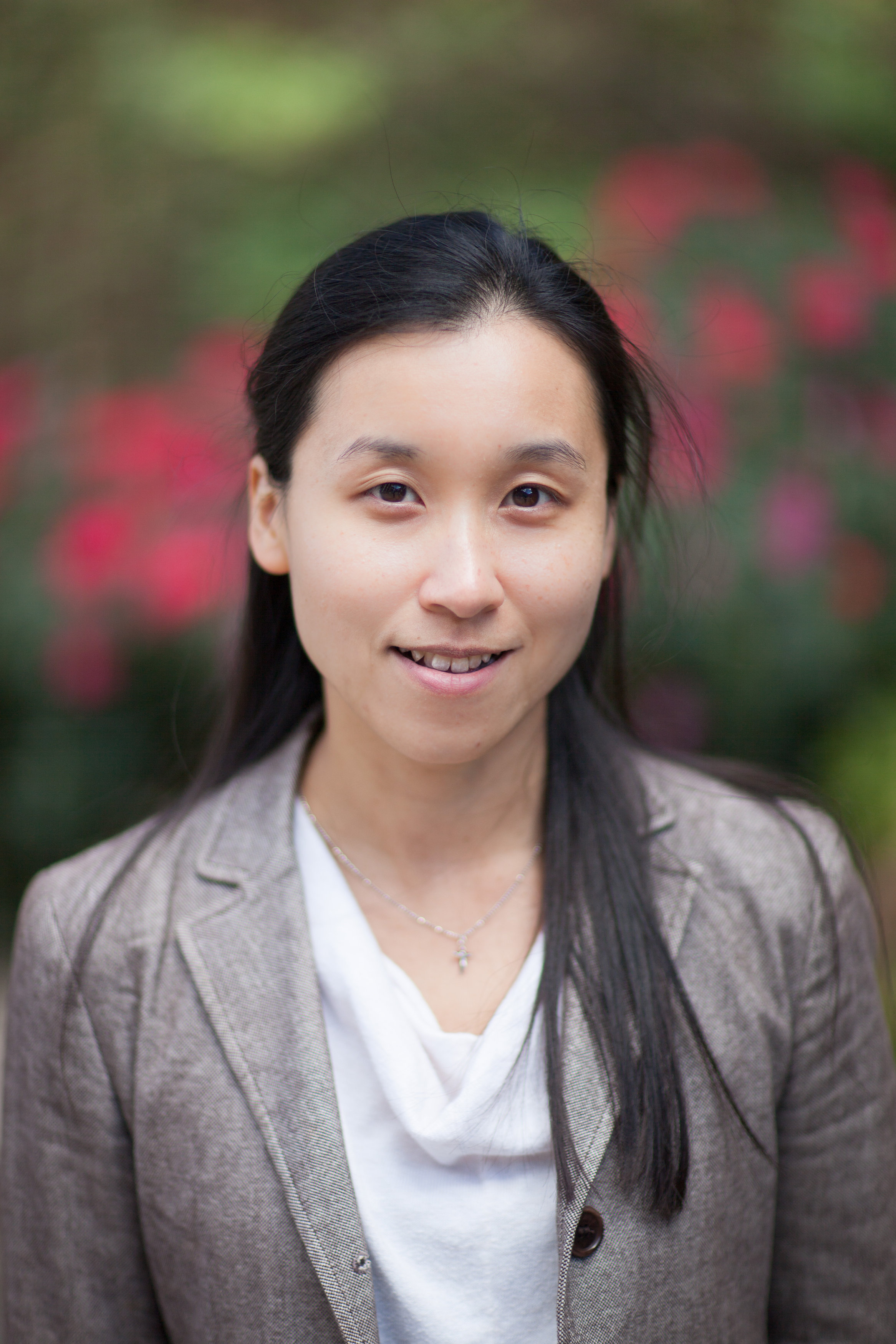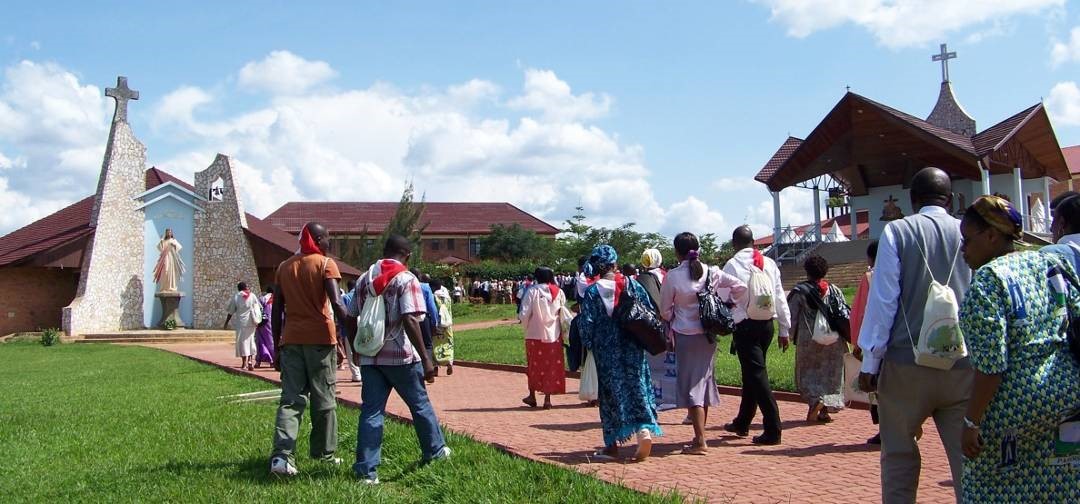Reconciliation after Genocide
This issue of Liturgy dealing with “Confession & Reconciliation,” guest-edited by Bruce T. Morrill, explores confession of sin and reconciliation between individuals and communities from several angles, including deeply fraught situations of violence. What follows is an excerpt from Audrey Seah’s description of the church’s work post-genocide in Rwanda. –– Melinda Quivik
~~~~~
Audrey Seah
The Rwandan genocide is often discussed as an extreme case of ethnic and political conflict between Hutus and Tutsis, whose complex sociopolitical roots cannot be addressed here. But another lens through which the event can be viewed is that of intra-ecclesial strife. When the genocide broke out, many fled to churches for refuge, confident that they would be protected as they had been in the past. At these churches, many of the faithful acted heroically, but the fact remains that some priests and bishops also betrayed their flock, causing mass killings in churches where people gathered for safety. That such violence could be perpetrated in this predominantly Catholic and highly religious country led an astute reporter to observe in horror that in Rwanda, “the blood of tribalism is deeper than the waters of baptism.”
Today, the memory of the genocide and the role of Catholics in the event remains ever present. Some churches have become government-administered genocide memorials, while several others have mass graves situated on their grounds. On the one hand, these tangible and pervasive reminders of the genocide offer comfort as symbols of justice for the victims; on the other hand, they stand as a witness to Christian failures. Within this context, a fundamental question that impacts the very survival of the faith after the devastating event must be raised: How can a church that has lost much of its moral credibility through the actions of its people, lay and ordained, continue to be a source of healing for the wounded—victims and perpetrators alike— to themselves, their neighbors, and God?
In what follows, I will detail two responses to this question that have arisen in Rwanda. The first employs popular piety to create a devotional-liturgical place of healing, while the second deploys creative rituals alongside catechetical instruction to facilitate social repair.
Shrine of the Divine Mercy, Kabuga
Just thirty minutes east of Kigali lies a well-known pilgrimage site run by an order of Pallottine priests, a shrine dedicated to Jesus, the Divine Mercy. The Divine Mercy is a Catholic devotional tradition that originated in Poland in the 1930s. . .
The Pallottines first introduced the Divine Mercy devotion to Rwanda in 1991 in response to escalating violence. They began by transplanting the Divine Mercy message, image, and prayers familiar to them from the European context by printing and disseminating literature about the devotion. Soon after, they built a chapel with a larger-than-life statue of Jesus the Divine Mercy at its entrance and promoted daily recitations of the Divine Mercy chaplet. After 1994, however, they tailored the Divine Mercy devotion to the postgenocide context. What resulted was a devotional-liturgical space where the process of healing and reconciliation could take place.
Between 2002 and 2016, the Pallottines built three stations depicting the incarnation, crucifixion, and burial of Jesus around the original Divine Mercy chapel. Built as life-sized portrayals of Jesus’ life, these stations and the celebrations at them throughout the liturgical year bring the theology of Divine Mercy together with the Gospel and experiences of the genocide, offering pilgrims a uniquely corporal and intimate setting to contemplate this mystery.
~~~~~
Another excerpt from Seah dealing with the second action toward reconciliation in Rwanded will be posted here on April 19. Seah’s full essay in Liturgy 34, no. 1 is available now online by personal subscription and through many libraries.
Audrey Seah, a doctoral candidate at the University of Notre Dame, published “The 1670 Chinese Missal: A Struggle for Indigenization Amidst the Chinese Rites Controversy,” in China’s Christianity: From Missionary to Indigenous Church, ed. Anthony E. Clark (Brill, 2017).
Audrey Seah, “Reconciliation after Betrayal and Violence: Lessons from the Church in Post-genocide Rwanda,” Liturgy 34, no. 1 (2019): 48-57


